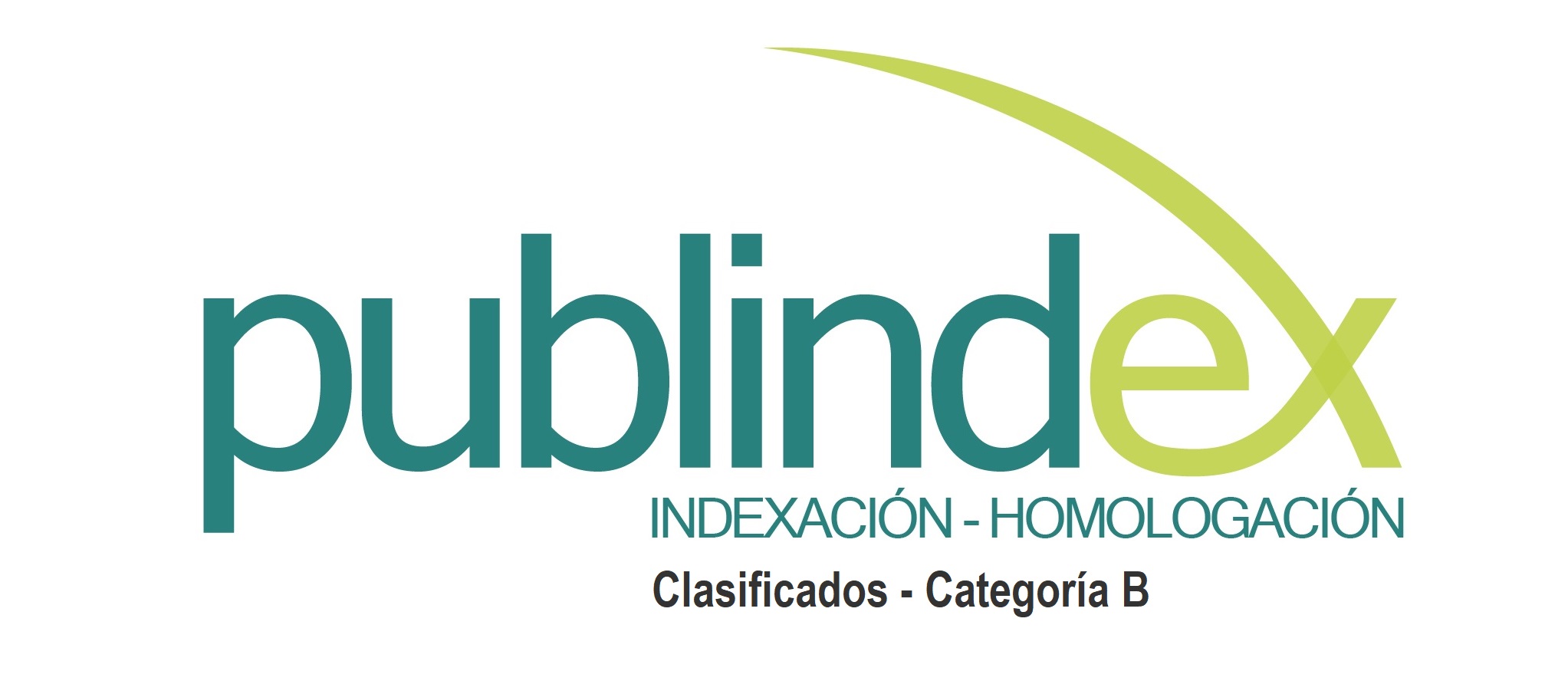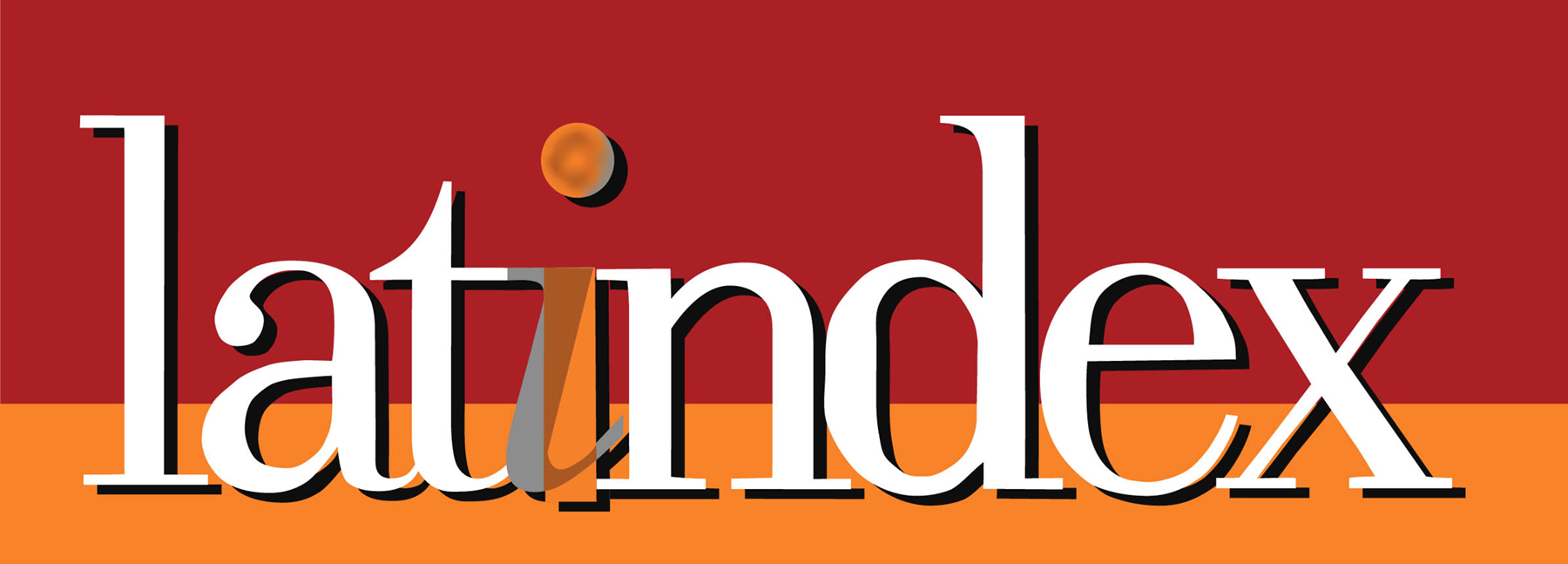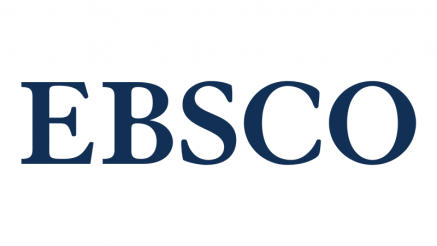SPEI: A web-based early intervention tool for the academic performance of students in programming courses
DOI:
https://doi.org/10.14482/inde.43.02.519.852Keywords:
academic performance, CS1, early intervention, early intervention tool, prediction modelAbstract
In introductory programming courses (CS1), students often exhibit low academic performance, a common issue in higher education institutions that is attributed to the complexity of the concepts and a lack of programming experience. One way to address this situation is by implementing tools that allow for early intervention in the learning process to improve academic performance. This study presents the Student Performance Early Intervention (SPEI), a web-based tool that integrates an academic performance prediction model and two types of early interventions for CS1 courses. The aim of this article is to evaluate the effectiveness of SPEI on the academic performance of students in a CS1 programming course. SPEI was developed using the Model-Template-View architecture and integrates prediction, preventive intervention, and proactive intervention modules. The results show that SPEI accurately identifies students with low academic performance and enables personalized interventions that contribute to improving their performance. The conclusions suggest that SPEI is an effective tool to support the learning process and could be replicated in other courses to enhance students' academic performance in CS1 courses.
References
D. Buenaño-Fernández, D. Gil, and S. Luján-Mora, “Application of Machine Learning in Predicting Performance for Computer Engineering Students: A Case Study,” Sustainability, vol. 11, no. 10, p. 2833, 2019, doi: 10.3390/su11102833.
A. F. ElGamal, “An Educational Data Mining Model for Predicting Student Performance in Programming Course,” IJCA, vol. 70, no. 17, pp. 22–28, 2013, doi: 10.5120/12160-8163.
O. Lu, J. Huang, A. Huang, and S. Yang, “Applying learning analytics for improving students engagement and learning outcomes in an MOOCs enabled collaborative programming course,” Interactive Learning Environments, pp. 78–92, 2018, doi: 10.1080/10494820.2016.1278391.
M. Sivasakthi, “Classification and prediction based data mining algorithms to predict students’ introductory programming performance,” in 2017 International Conference on Inventive Computing and Informatics (ICICI), Coimbatore: IEEE, Nov. 2017, pp. 346–350. doi: 10.1109/ICICI.2017.8365371.
F. D. Pereira, S. C. Fonseca, E. H. T. Oliveira, D. B. F. Oliveira, A. I. Cristea, and L. S. G. Carvalho, “Deep learning for early performance prediction of introductory programming students: a comparative and explanatory study,” RBIE, vol. 28, pp. 723–748, 2020, doi: 10.5753/rbie.2020.28.0.723.
M. Kuehn, J. Estad, J. Straub, T. Stokke, and S. Kerlin, “An expert system for the prediction of student performance in an initial computer science course,” in 2017 IEEE International Conference on Electro Information Technology (EIT), Lincoln, NE, USA: IEEE, 2017, pp. 1–6. doi: 10.1109/EIT.2017.8053321.
S. U. Hassan, M. Imran, U. Gillani, N. R. Aljohani, T. D. Bowman, and F. Didegah, “Measuring social media activity of scientific literature: an exhaustive comparison of scopus and novel altmetrics big data,” Scientometrics, vol. 113, no. 2, pp. 1037–1057, 2017, doi: 10.1007/s11192-017-2512-x.
R. Vilanova et al., “Data-driven tool for monitoring of students performance,” IFAC-PapersOnLine, vol. 52, no. 9, pp. 165–170, 2019, doi: 10.1016/j.ifacol.2019.08.188.
O. K. Xin and D. Singh, “Development of Learning Analytics Dashboard based on Moodle Learning Management System,” IJACSA, vol. 12, no. 7, 2021, doi: 10.14569/IJACSA.2021.0120793.
C. Lacave, A. I. Molina, and J. A. Cruz-Lemus, “Learning Analytics to identify dropout factors of Computer Science studies through Bayesian networks,” Behaviour and Information Technology, vol. 37, no. 10–11, pp. 993–1007, 2018, doi: 10.1080/0144929X.2018.1485053.
K. Quille and S. Bergin, “CS1: how will they do? How can we help? A decade of research and practice,” Computer Science Education, vol. 29, no. 2–3, pp. 254–282, 2019, doi: 10.1080/08993408.2019.1612679.
S. Ramirez-Torres and N. S. Castillo-Flórez, “ALERTAS TEMPRANAS DEL RIESGO DE ABANDONO ESCOLAR: Una estrategia para la permanencia y el éxito estudiantil monitoreado desde las TIC en la Universidad del Valle,” Repositorio Institucional de la Universidad Tecnológica de Panamá, p. 8, 2022.
W. Xing and D. Du, “Dropout Prediction in MOOCs: Using Deep Learning for Personalized Intervention,” Journal of Educational Computing Research, vol. 57, no. 3, pp. 547–570, Jun. 2019, doi: 10.1177/0735633118757015.
J. E. Jiménez et al., “Evaluación del progreso de aprendizaje en lectura dentro de un Modelo de Respuesta a la Intervención (RtI) en la Comunidad Autónoma de Canarias,” Escritos de Psicología, vol. 4, no. 2, pp. 56–64, 2011, doi: 10.5231/psy.writ.2011.1207.
A. R. Andonegi, C. C. Garrido, and M. C. Pérez, “Eficacia de un programa de intervención temprana para reducir las señales de riesgo de la dislexia.,” Revista de Educación Inclusiva, vol. 9, no. 2, pp. 186–200, 2017.
N. Culligan, K. Quille, and S. Bergin, “VEAP: a visualisation engine and analyzer for preSS#,” in Proceedings of the 16th Koli Calling International Conference on Computing Education Research, in Koli Calling ’16. New York, NY, USA: Association for Computing Machinery, Nov. 2016, pp. 130–134. doi: 10.1145/2999541.2999553.
M. Dorodchi, M. Fallahian, E. Al-Hossami, A. Benedict, and A. Benedict, “Custom caring IDE for online offering of CS1,” Sixth SPLICE workshop at L@ S, 2020.
H.-Y. Lee, C.-J. Lin, W.-S. Wang, W.-C. Chang, and Y.-M. Huang, “Precision education via timely intervention in K-12 computer programming course to enhance programming skill and affective-domain learning objectives,” IJ STEM Ed, vol. 10, no. 1, p. 52, Aug. 2023, doi: 10.1186/s40594-023-00444-5.
C. G. Hidalgo S and V. A. Bucheli, “Modelo soportado en inteligencia artificial para el desarrollo de actividades de aprendizaje activo basadas en colaboración asistida por computador (MIDEA),” LACCEI International Multi-Conference for Engineering, Education, and Technology, vol. 17, pp. 1–3, 2019.
J. Llanos, V. A. Bucheli, and F. Restrepo-Calle, “Early prediction of student performance in CS1 programming courses,” PeerJ Computer Science, no. 9, pp. 1–29, 2023, doi: 10.7717/peerj-cs.1655.
C. Schröer, F. Kruse, and J. M. Gómez, “A Systematic Literature Review on Applying CRISP-DM Process Model,” Procedia Computer Science, vol. 181, pp. 526–534, 2021, doi: 10.1016/j.procs.2021.01.199.
J. M. L. Mosquera, J. Á. V. Iturbide, M. P. Velasco, and V. A. B. Guerrero, “Assessment of a Predictive Model for Academic Performance in a Small-Sized Programming Course,” in 2024 International Symposium on Computers in Education (SIIE), A coruña, Spain: IEEE, Jun. 2024, pp. 1–6. doi: 10.1109/SIIE63180.2024.10604641.
D. Azcona, I.-H. Hsiao, and A. Smeaton, “An Exploratory Study on Student Engagement with Adaptive Notifications in Programming Courses,” Lecture Notes in Computer Science (including subseries Lecture Notes in Artificial Intelligence and Lecture Notes in Bioinformatics), vol. 11082 LNCS, pp. 644–647, 2018, doi: 10.1007/978-3-319-98572-5_64.
Downloads
Published
How to Cite
Issue
Section
License
Copyright (c) 2025 Revista Científica Ingeniería y Desarrollo.

This work is licensed under a Creative Commons Attribution-NonCommercial 4.0 International License.









